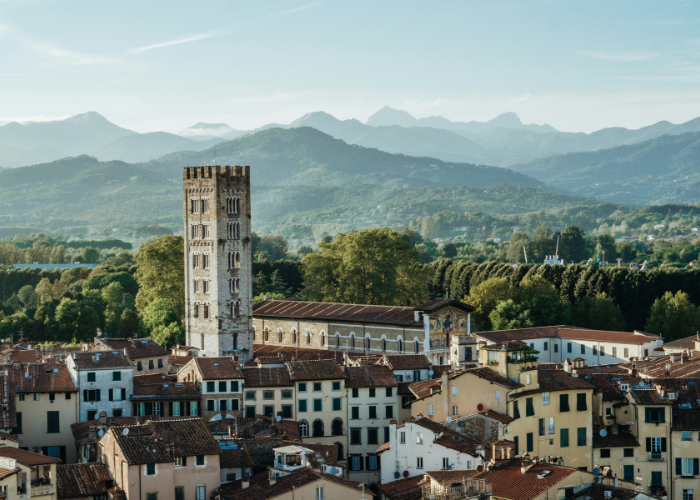
Monte Amiata
Mount Amiata is located in the region of Tuscany, in central-northern Italy, and represents a unique destination immersed in the natural beauty of the Tuscan hills. Mount Amiata itself is an imposing mountain with an altitude of approximately 1,738 meters, making it the tallest extinct volcano in Italy and one of the main geographical features of the area.
The region surrounding Mount Amiata is characterized by lush and varied nature, with chestnut, beech, and fir forests covering its slopes, offering breathtaking scenery in every season. During the summer, Mount Amiata provides cool shade and a refuge from the summer heat, while in winter it becomes a destination for winter sports enthusiasts, with well-equipped ski slopes and spectacular panoramic views.
The surroundings of Mount Amiata are dotted with small villages and medieval hamlets, each with its own charm and unique history. Some of the most picturesque villages include Abbadia San Salvatore, Arcidosso, and Castel del Piano. These villages maintain an authentic and traditional atmosphere, with cobblestone streets, ancient churches, and picturesque squares.
The Mount Amiata region is also renowned for its rich gastronomic tradition, which includes typical Tuscan dishes such as ribollita, pappa al pomodoro, and local cured meats. Additionally, the area is famous for the production of honey, mushrooms, and chestnuts, ingredients that characterize the local cuisine and can be enjoyed in the numerous restaurants and trattorias in the area.
In addition to outdoor activities and gastronomy, Mount Amiata also offers a variety of cultural and historical attractions, including ancient monasteries, medieval castles, and archaeological sites. For example, the Abbey of San Salvatore, founded in the 8th century, is one of the most important monastic complexes in Tuscany and offers breathtaking panoramic views of the surrounding mountain.
